What Are the Production Processes of Ammonium Metatungstate?
- Details
- Category: Tungsten Information
- Published on Friday, 25 April 2025 16:36
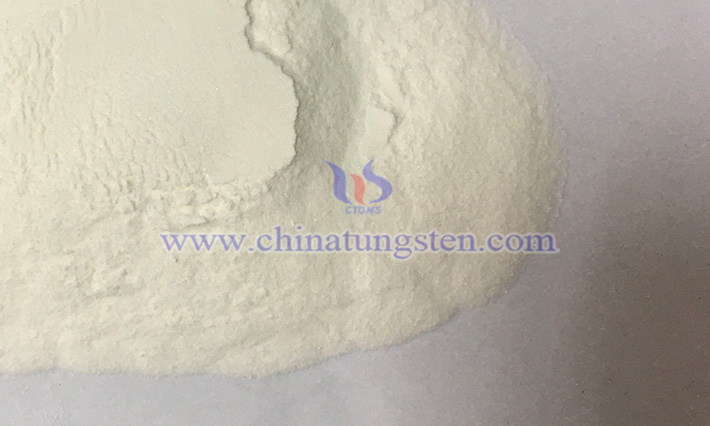
Ammonium metatungstate (AMT) is a tungsten compound widely used in catalysis, electronics, ceramics, and other fields. Its production processes vary, each with unique advantages and suitable applications.
Barium Tungsten Electrodes for Mercury Lamps
- Details
- Category: Tungsten Information
- Published on Thursday, 24 April 2025 17:17
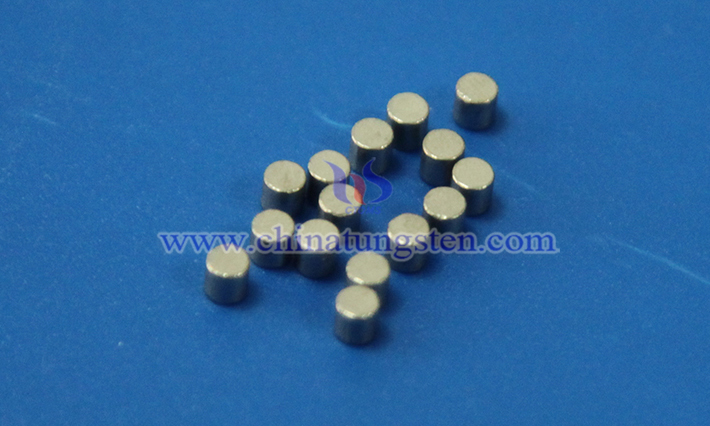
Mercury lamps, a type of high-intensity discharge (HID) lamp, produce ultraviolet or visible light through arc discharge in mercury vapor. They are widely used in street lighting, industrial illumination, and ultraviolet applications such as sterilization and curing. The electrode is a critical component of mercury lamps, and barium tungsten electrodes are commonly employed due to their superior performance in enabling efficient discharge and extending lamp lifespan.
Barium Tungsten Electrode for Xenon Lamp
- Details
- Category: Tungsten Information
- Published on Thursday, 24 April 2025 17:14
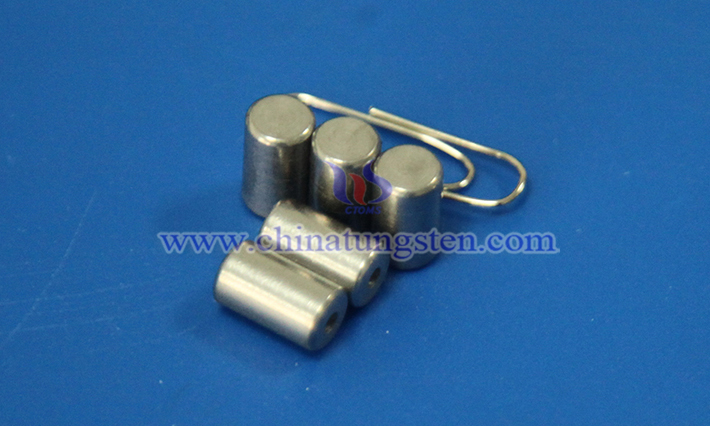
Xenon lamp (xenon flash lamp) is a light source based on the principle of high-voltage gas discharge. The performance of its electrode material directly affects the luminous efficiency, starting speed and service life of the lamp tube. Barium tungsten electrode has become a widely used electrode material in xenon lamps due to its unique physical and chemical properties.
Barium Tungsten Electrode for X-Ray Tube
- Details
- Category: Tungsten Information
- Published on Thursday, 24 April 2025 17:12
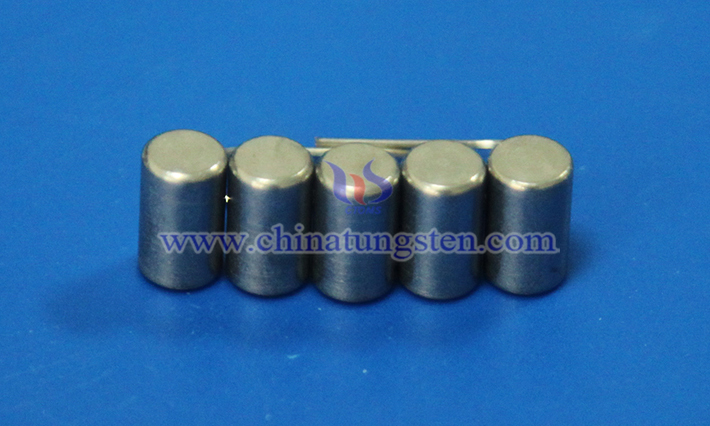
Barium tungsten electrode is an important innovation of cathode material in X-ray tube, which is composed of tungsten matrix and barium compound. Tungsten provides a high melting point of 3422°C and excellent corrosion resistance, while the addition of barium reduces the work function to 1.6 eV (pure tungsten is 4.5 eV), making electrons easier to emit, and the current density reaches 10 A/cm², which significantly improves the efficiency of thermal electron emission.
Barium Tungsten Electrodes for Gas Discharge Lamps
- Details
- Category: Tungsten Information
- Published on Thursday, 24 April 2025 17:11
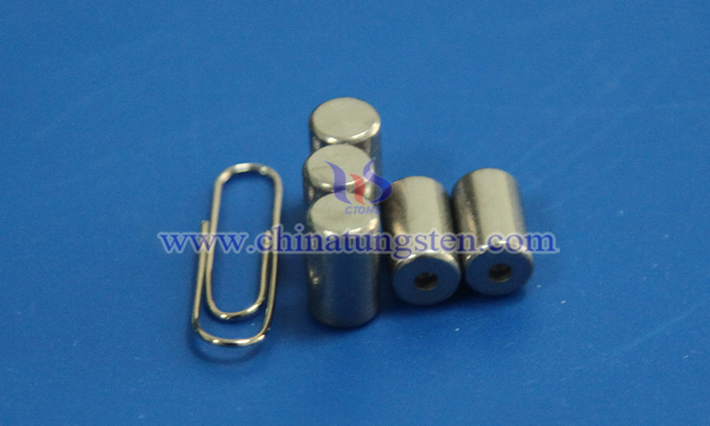
Gas discharge lamps are lighting devices that generate light through gas discharge, widely used in fluorescent lamps, high-intensity discharge (HID) lamps (such as sodium lamps, mercury lamps, and metal halide lamps), and specialized light sources. One of their core components is the electrode, with barium tungsten electrodes frequently employed in certain gas discharge lamps due to their superior performance.
Barium Tungsten Electrode for Vacuum Tubes
- Details
- Category: Tungsten Information
- Published on Thursday, 24 April 2025 17:08
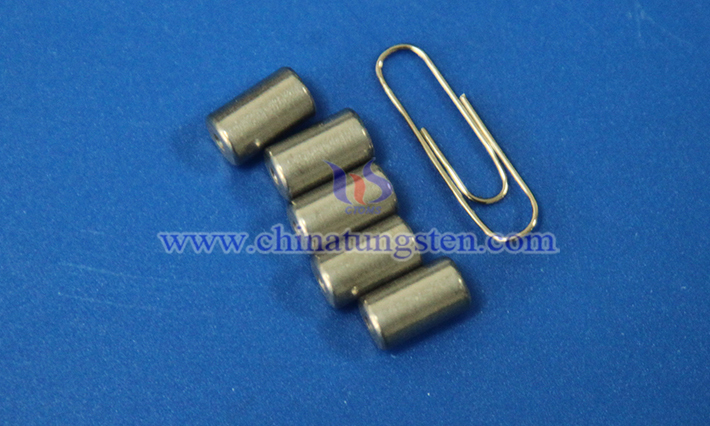
The barium tungsten electrode combines the high-temperature resistance of tungsten with the low work function of barium, making it an efficient and stable cathode material for vacuum tubes. Its balance of electron emission efficiency, longevity, and application versatility has led to its widespread use in various high-performance vacuum tube devices.
Barium Tungsten Electrodes in Cathode Ray Tube
- Details
- Category: Tungsten Information
- Published on Thursday, 24 April 2025 17:06
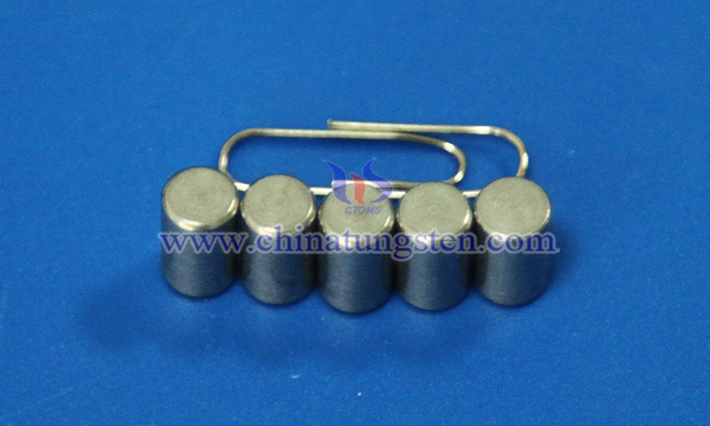
The Cathode Ray Tube (CRT) is a classic display technology, and one of its core components is the barium tungsten electrode, typically used as the cathode material in the electron gun. This electrode is responsible for efficiently emitting electron beams to generate images.
Barium Tungsten Electrodes for Hot Cathode Electron Tubes
- Details
- Category: Tungsten Information
- Published on Thursday, 24 April 2025 17:04
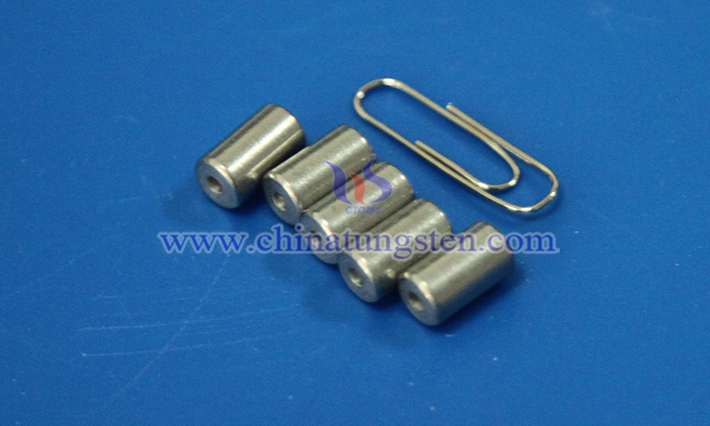
Barium tungsten electrodes are critical materials in hot cathode electron tubes. Their unique physical and chemical properties make them a preferred solution in the field of electron emission, with extensive applications, particularly indispensable in special lighting sources and high-performance electronic devices.
Applications of Barium Tungsten Electrodes in the Military Industry
- Details
- Category: Tungsten Information
- Published on Thursday, 24 April 2025 17:02
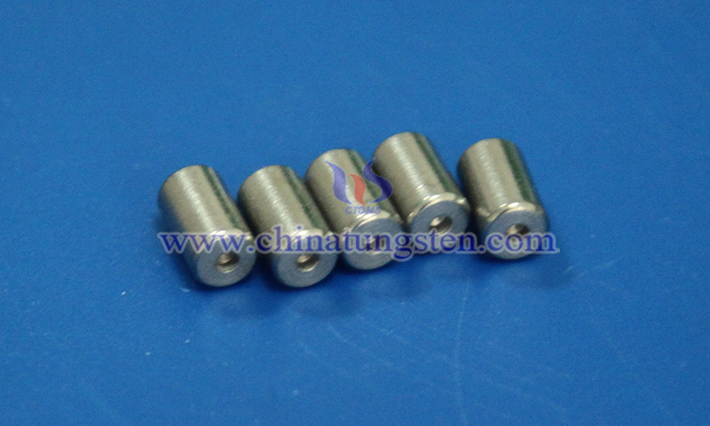
The applications of barium tungsten electrodes in the military industry are primarily related to their excellent physical and chemical properties, particularly in high-performance welding and the manufacturing of specialized equipment.
Applications of Barium-Tungsten Electrodes in Aerospace
- Details
- Category: Tungsten Information
- Published on Thursday, 24 April 2025 17:00
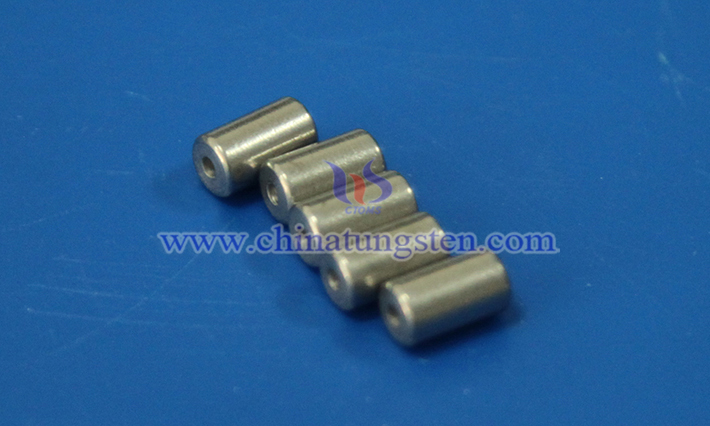
Barium-tungsten electrodes are primarily applied in high-reliability electron emission devices within the aerospace sector. Their technical advantages and material properties are directly linked to breakthroughs in satellite communications, deep-space exploration, and military aviation equipment. With ongoing optimization of composite materials and manufacturing processes, these electrodes are poised to further advance the lightweight design, efficiency, and longevity of aerospace electronic components.


 sales@chinatungsten.com
sales@chinatungsten.com